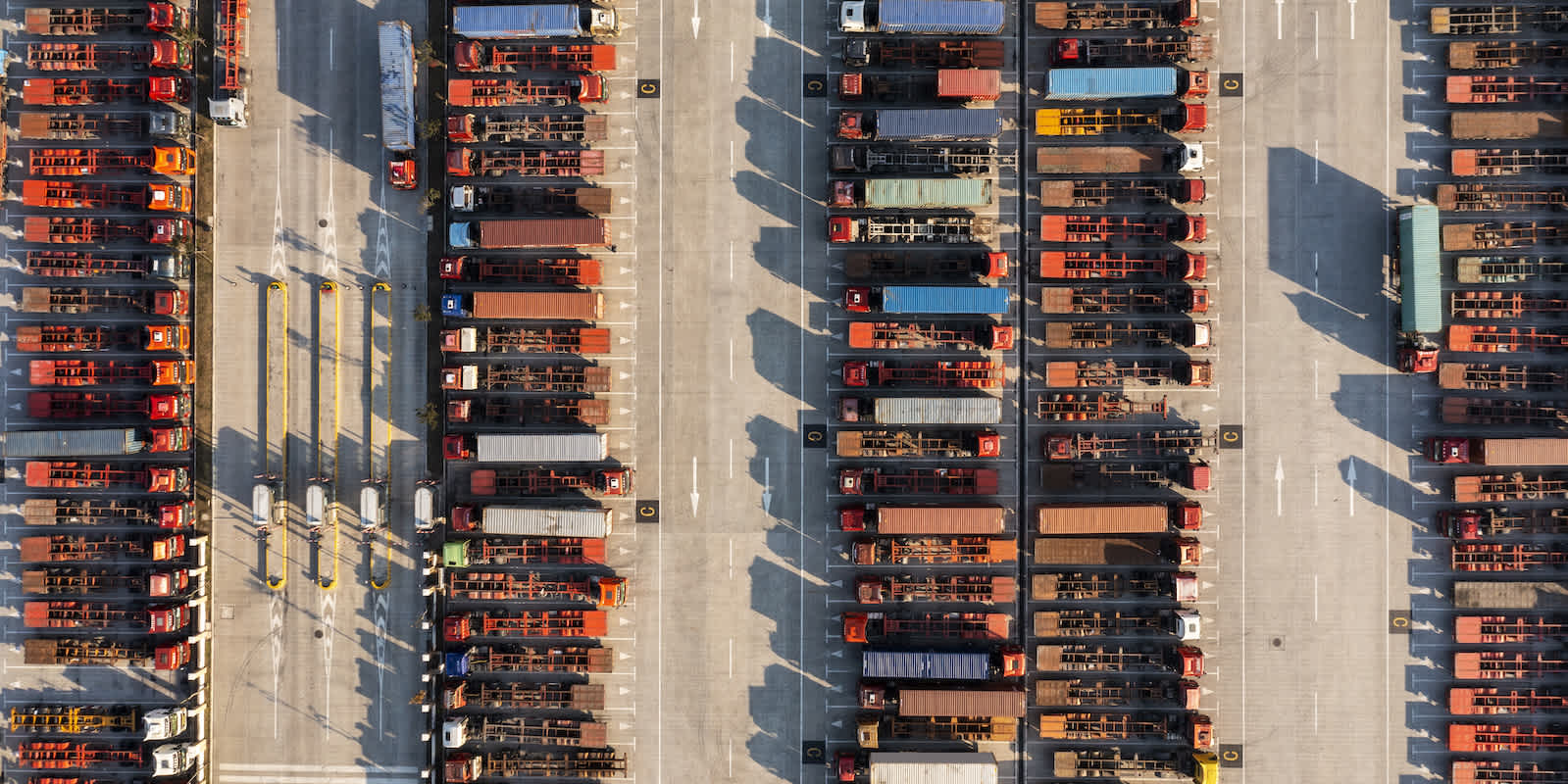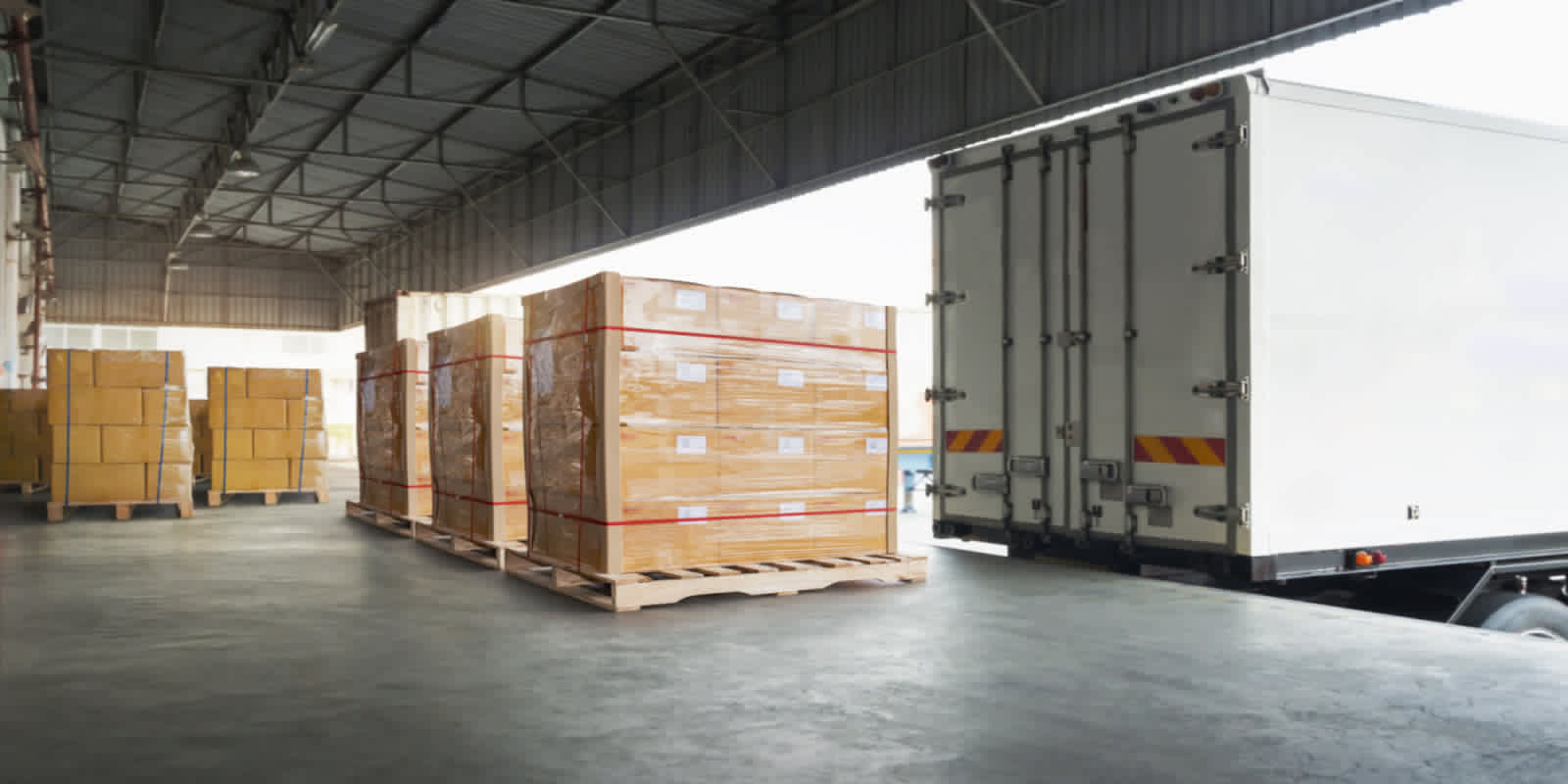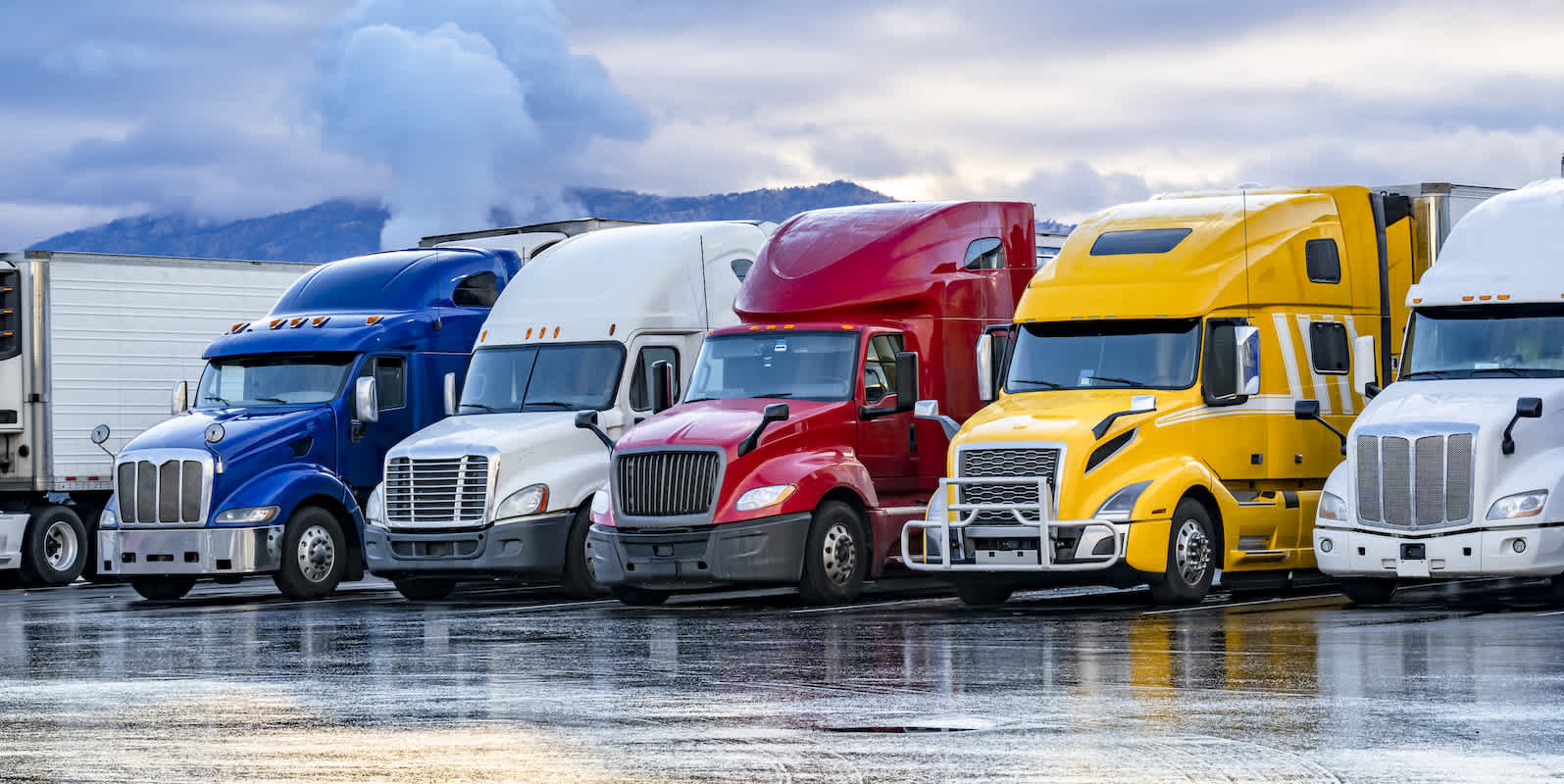
August 14, 2023
Supply Chain Snapshots - News of the Week (August 14, 2023)
Monday, August 14, 2023
How Canada’s West Coast Port Labor Negotiations Unfolded: A Timeline
(Read more on Supply Chain Dive)
After a bumpy process lasting five months, port workers in British Columbia have signed a tentative contract and operations are back to full speed ahead. In those months we’ve seen a 13-day strike, an illegal work stoppage, one voted-down proposed settlement, two tentative deals, and a federal intervention by the Canadian government. Now the focus has turned to rebuilding trust in a supply chain that has taken a financial beating during the uncertainties of the past months.
‘This Is Going To Get Worse Before It Gets Better’: Panama Canal Pileup Due to Drought Reaches 154 Vessels
(Read more on CNBC)
Wait times to transit the Panama Canal currently sit at 21 days, with 154 vessels waiting for their turn. The backup is due to restrictions put in place by the Panama Canal Authority as a result of ongoing drought conditions that began last spring and are expected to continue for the foreseeable future. Some sectors have already begun rerouting through the Atlantic Basin or shifting back to U.S. West Coast ports, after having shifted to the East Coast earlier in the year due to labor issues.
Southern California’s Hot Warehousing Market Is Cooling Off
(Read more on The Wall Street Journal)
The warehouse vacancy rate in the Inland Empire (a key logistics region approx. 60 miles east of Los Angeles) in Q2’23 was 3.8%. Last year at this time the rate sat at a paltry 1.2%—effectively full capacity. A combination of new space coming online and a cooling of the consumer market are credited with fueling this trend. Despite the new trendline, warehouse space in the region is still very tight by historical standards.
Burning Questions: Unraveling the Truth Behind Electric Vehicle Fires in Maritime Shipping
(Read more on gCaptain)
Last month’s fire onboard the Freemantle Highway, a pure car and truck carrier (PCTC), was the first recorded vessel fire believed to have been initiated by a new off-the-line electric vehicle (EV). Research cited in the article shows that EVs are no more or less likely to catch fire at any given point in their lifecycle than an internal combustion engine (ICE) vehicle. The primary concern is for what’s called thermal runaway, where the lithium-ion cells in an EV battery enter a cycle where they self-heat and reignite. This scenario requires different fire detection and response procedures than for a fire where there are no lithium-ion batteries present.
Pending Rail Car Retirements, High Scrap Rates Tighten Equipment Market
(Read more on FreightWaves)
During recent earnings report calls, a variety of rail equipment lessors and manufacturers indicated that they’re bullish on the remainder of 2023 and well into 2024. Major factors cited include high scrap rates for rail cars, anticipated retirement of various car types, and high rail car fleet utilization rates—not current volumes as in years past.
Related content
![reshaping freight with Bill Driegert header 1600x800]()
BLOG
Reshaping the Freight & Supply Chain Industry: Key Takeaways, Future Mitigation and Sustainability ft. Bill Driegert, EVP Head of Trucking







